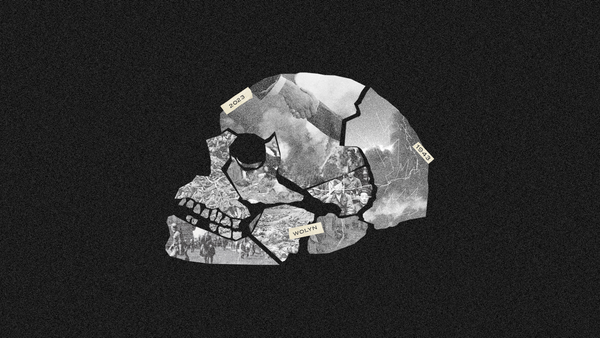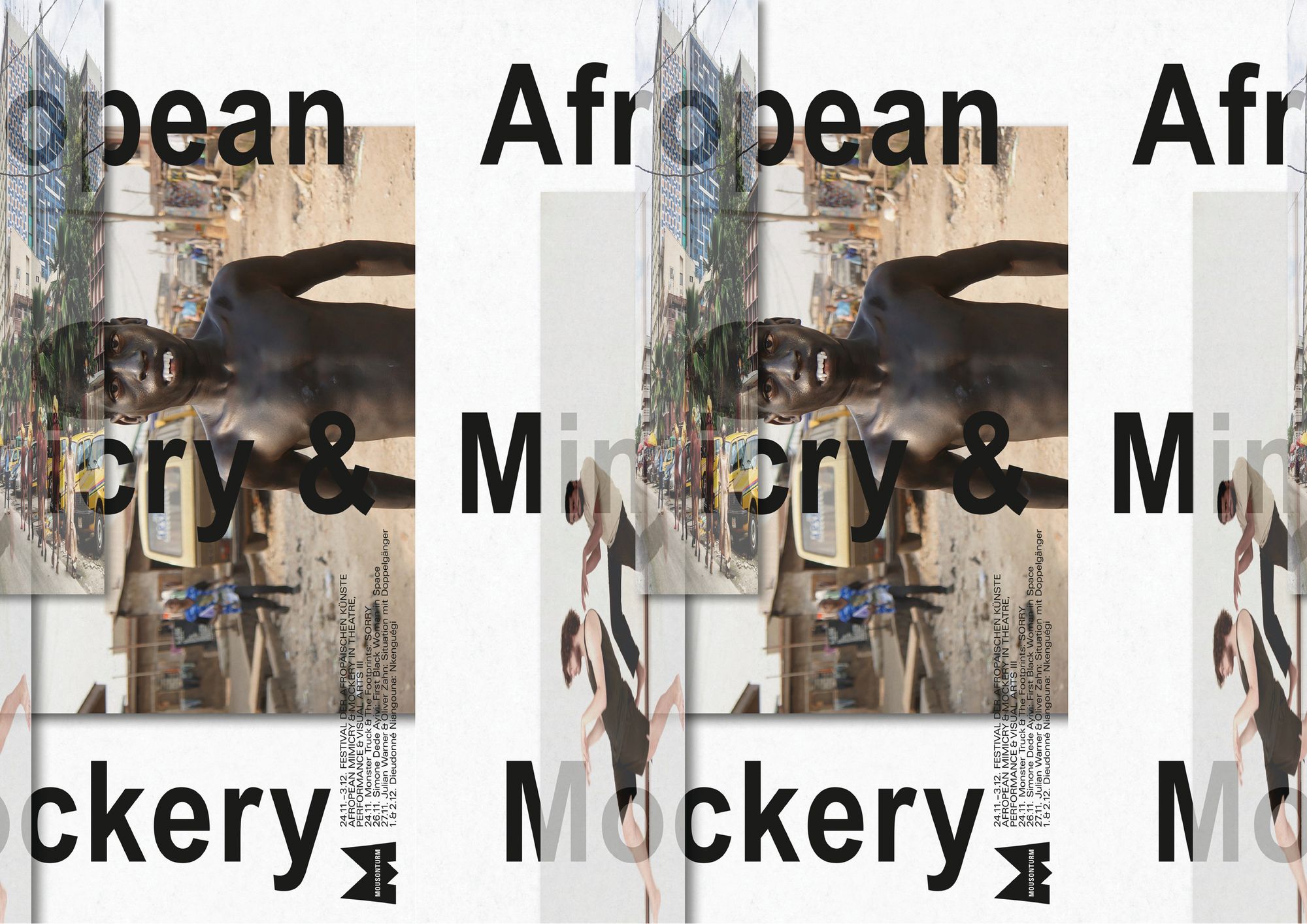“Language visualised in its purest form can be very powerful,” says designer, professor, and artist Eike König. Taking a look at Eike's distinctive works or delving into the artist's story, this statement takes on a deeper meaning. The designer, now known more for his career as an independent artist, is also the founder of the renowned Berlin-based design studio HORT, with clients including Nike, The New York Times, and the Bauhaus Dessau Foundation. König passes down his views and experience to future generations not only through his typography-based creations, but also as a professor of illustration and graphic design at HfG Offenbach, the Hessen State University of Art and Design.
This article originally appeared in issue no. 3 of the Hype&Hyper print magazine.
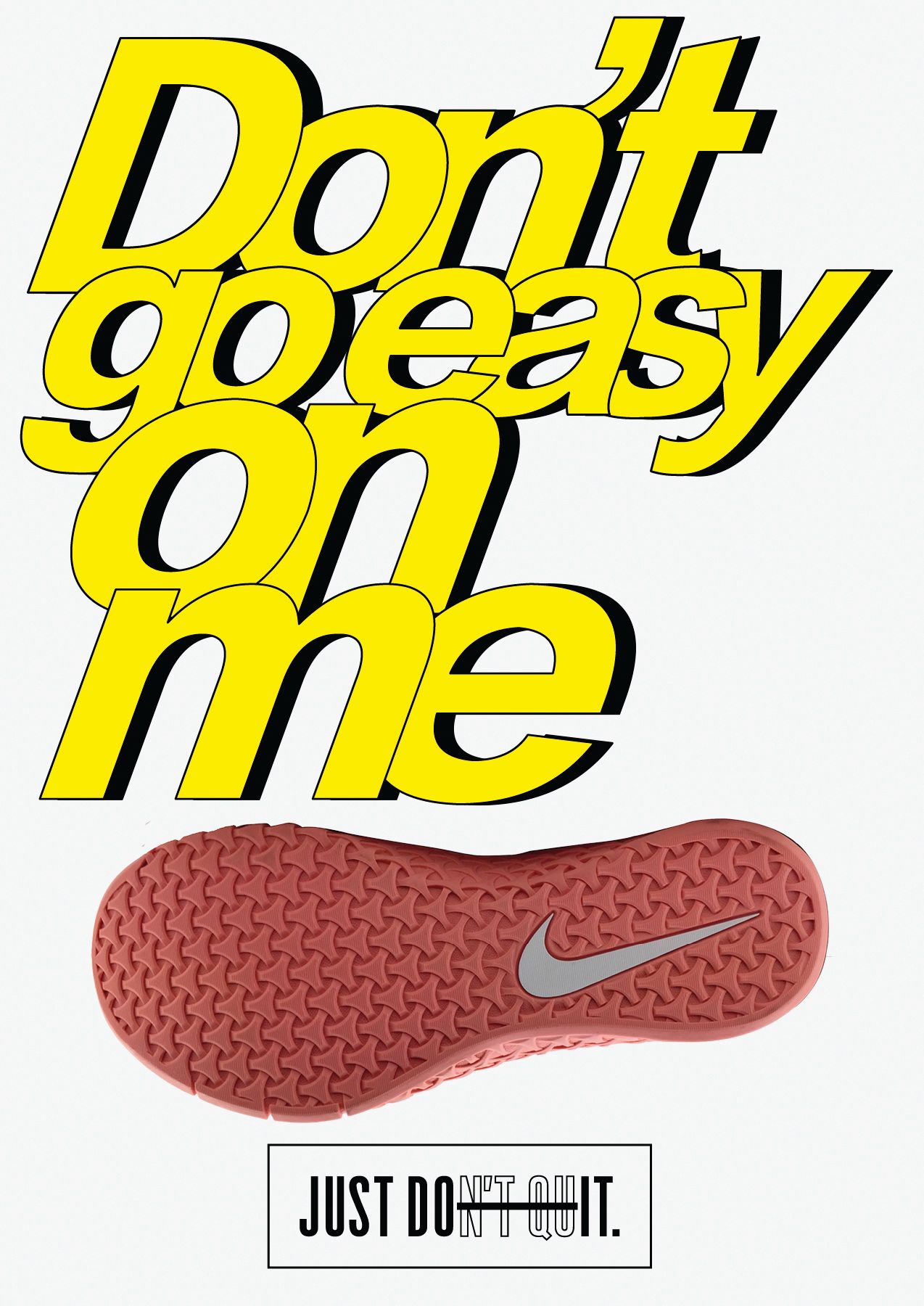
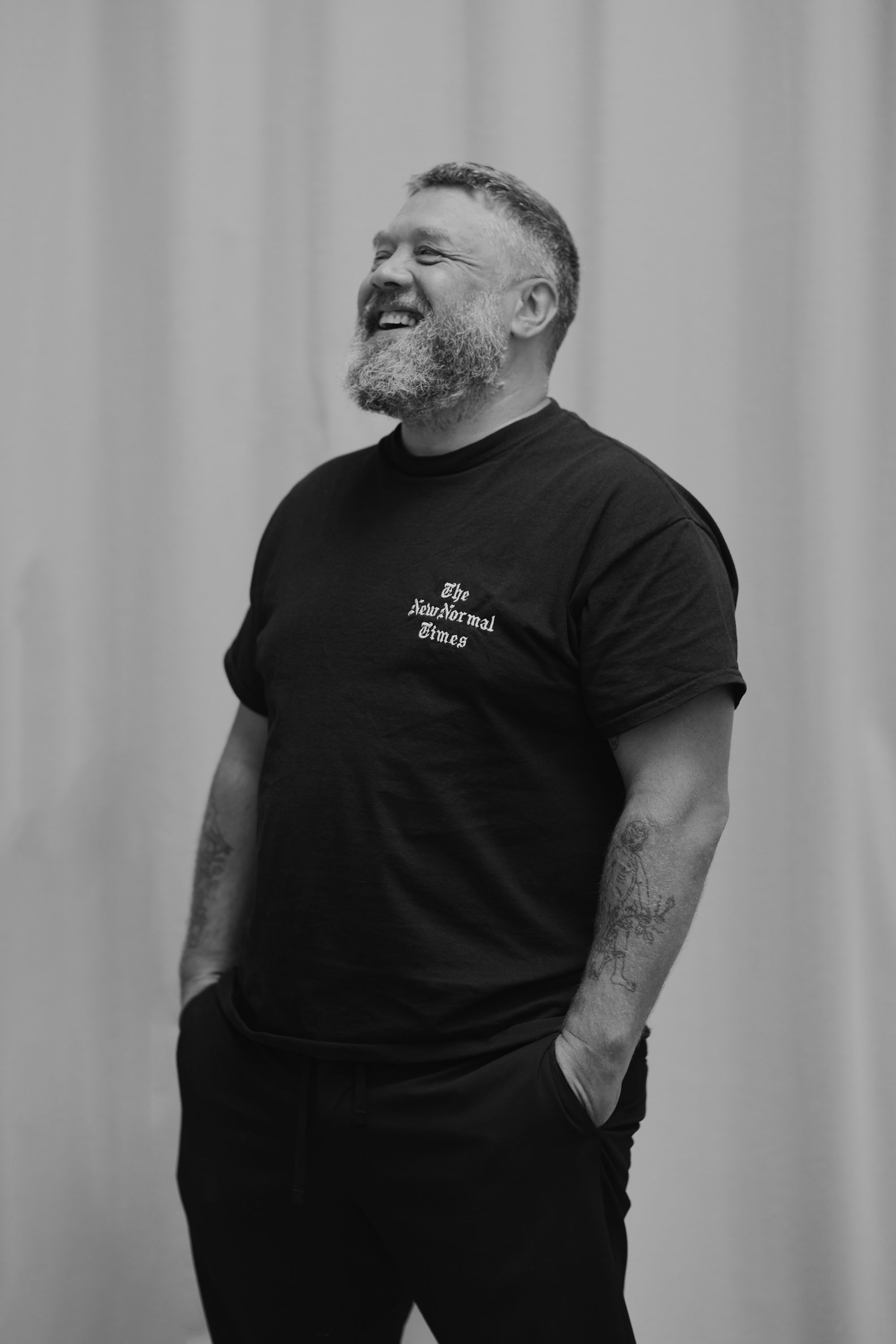
Growing up during the Cold War, Eike König’s design approach was influenced by the graphic posters and newspaper illustrations of the era, as well as the music scene that defined it and the artwork of vinyl records. "The real hero of the era was David Carson who designed the groundbreaking magazine Ray Gun. He had a strong impact on my own view on design—question the past and design for the present," recalls Eike. Ever since, this idea has shaped his boldly provocative, socially critical, yet humorous works, in which high art and pop culture references are mixed with language.
You started your career at a record label, and then switched to running your own business and founded HORT design studio—it’s now been almost thirty years. How much has the vision and concept of the studio changed since?
The main concept of HORT is reflected in its name: ‘hort’ is an old German word for an after school club where kids go to play and learn after class. I had always been looking for a welcoming community like this, but my experiences were completely the opposite. During my time interning at an ad agency, I never really felt treated with respect and support or seen as a creative. Instead, the structure was very hierarchical, with all attention focusing on the one person who was deemed as the creative mastermind, while everyone else just had supporting roles.
I opened HORT in 1994 after working as an art director for the Frankfurt-based Logic Records. It was an amazing time designing record sleeves for a new genre named Techno, and flyers and posters for the Club OMEN. However, I felt the urge to work on my own, and to have the ability to decide on who I work with, and the way I work. So I decided to quit and founded my own company. If you have the chance to start something from scratch you plant the seeds that become the DNA of your studio, so I wrote down a set of rules that should guide me as a young and naive entrepreneur. To this day, this is still the ethical compass I follow. I treat people that I work with respect, I believe that collaboration is strengthening not just the outcome but also you as a person, and in the power to say no, the empathy and the willingness to share knowledge, and handling the impact of my work on society responsibly. These values were not designed out of the blue—they grew out of my own personal experience.

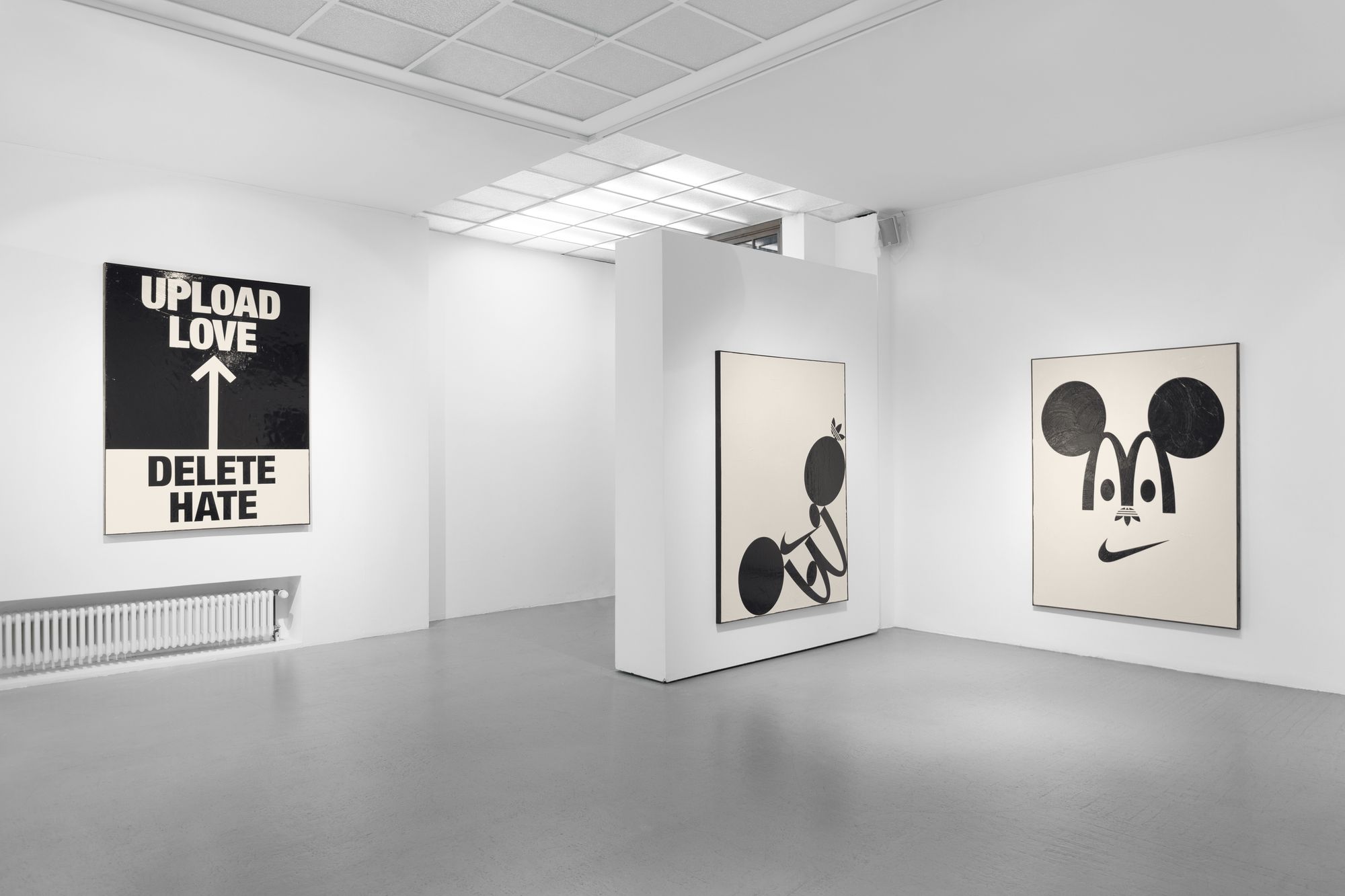
As with your commercial work, essentially, your artwork also uses typography and language with a dialogue of their own. After almost twenty years of working on commercial graphic design, you decided to switch your focus to independent creative work. Why was this shift important to you?
During my art residency at Villa Massimo in 2013, I decided to go back to my roots, and experience something I hadn’t for a long time: working on my own, without a network of people I can always rely on. I had learned the ropes of graphic design by hand—and designing meant experiencing the process with my whole body, with almost all senses involved. I wanted to bring back this feeling, so I developed an idea in Rome and produced the outcome by hand. I went to libraries and used copy shops to record my research and findings—for example the artistic practice of Barbara Kruger or Martin Kippenberger, and how they use language. As previously mentioned, I used language and typography in my commercial work, so it felt very organic for my artistic practice to continue with this. Usually, I design other people's words to communicate a ‘desire’ or ‘need’ with the intention of selling something. This time around, I wanted to display and share my inner thoughts—so I created another set of rules in which I could explore my possibilities. A specific paper size, a typeface—the Helvetica, as I wanted the typeface to be a neutral tool for my thoughts—I found in a book and scaled up with the help of a copy machine. I wanted a size that would limit the amount of words I could use. This was followed by searching for a material usable as a printing tool to give my thoughts a real body by handprinting them as one-of-a-kind artworks. I then found a foam that could easily be cut by hand, which absorbs ink and transfers to paper when under pressure. After this process, I set up my own printing studio and that was the start of my artistic journey. Since then, my content resources have been my daily recordings of findings and thoughts—I save them on my phone and review them from time to time in the hope of materials with potential. I print less nowadays, I’ve moved over to painting and using other techniques and materials.
You pointed out in one of your interviews that design is actually a tool to question things. What are the issues, events, or messages that concern you most?
Mainly socio-political topics. I define myself as a human, a lover, a father, and a critical citizen who works as an artist or as a designer. My list and its order are not a coincidence, I’d like to make clear what has the biggest impact on me and what interests me most. I grew up in a political environment, my parents are both socialists, and I see my work as a political act. I use language, de- and contextualization, and the space for interpretation. Language is a very powerful tool with which our inner and outer reality—and at times, even our feelings—can be described.

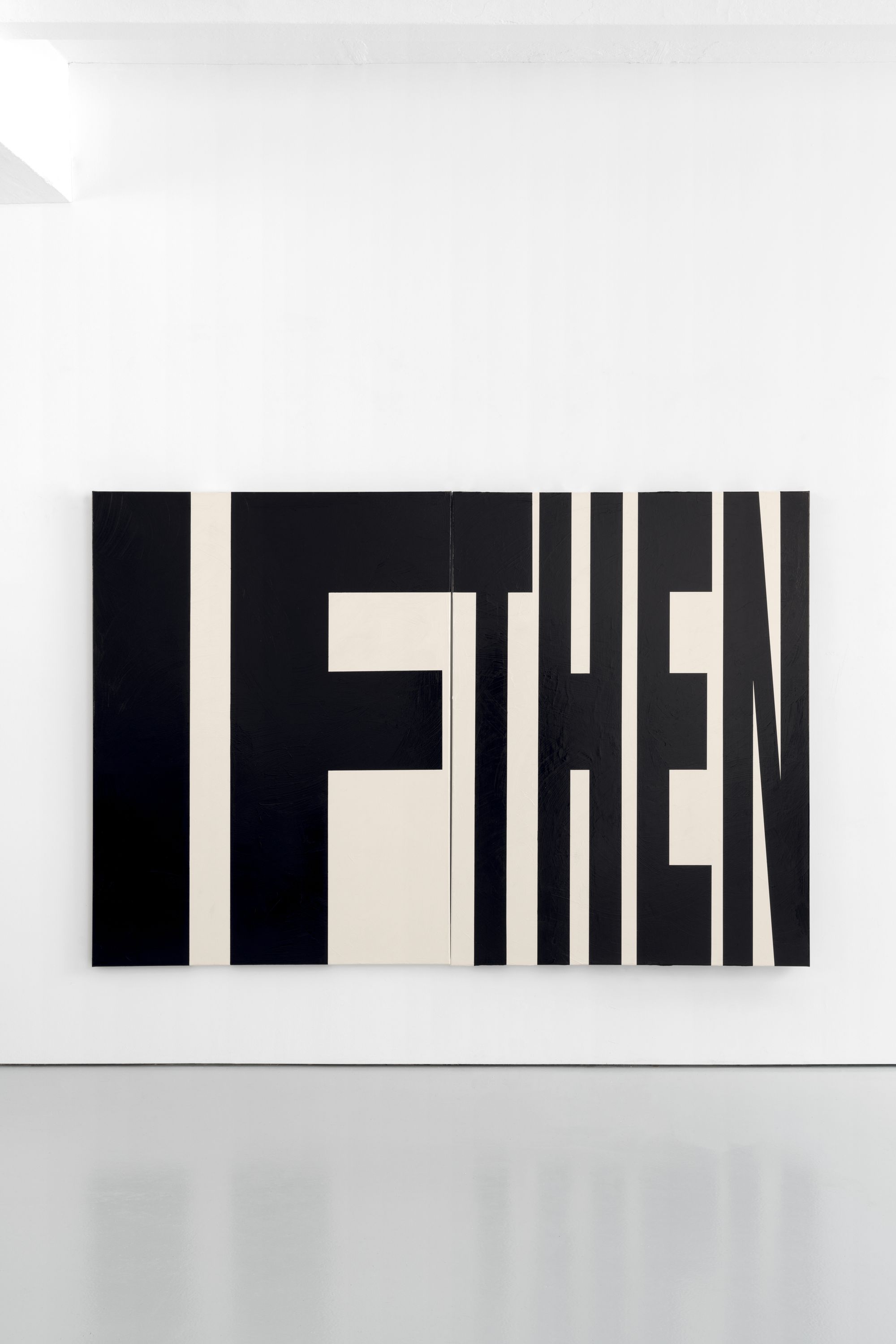
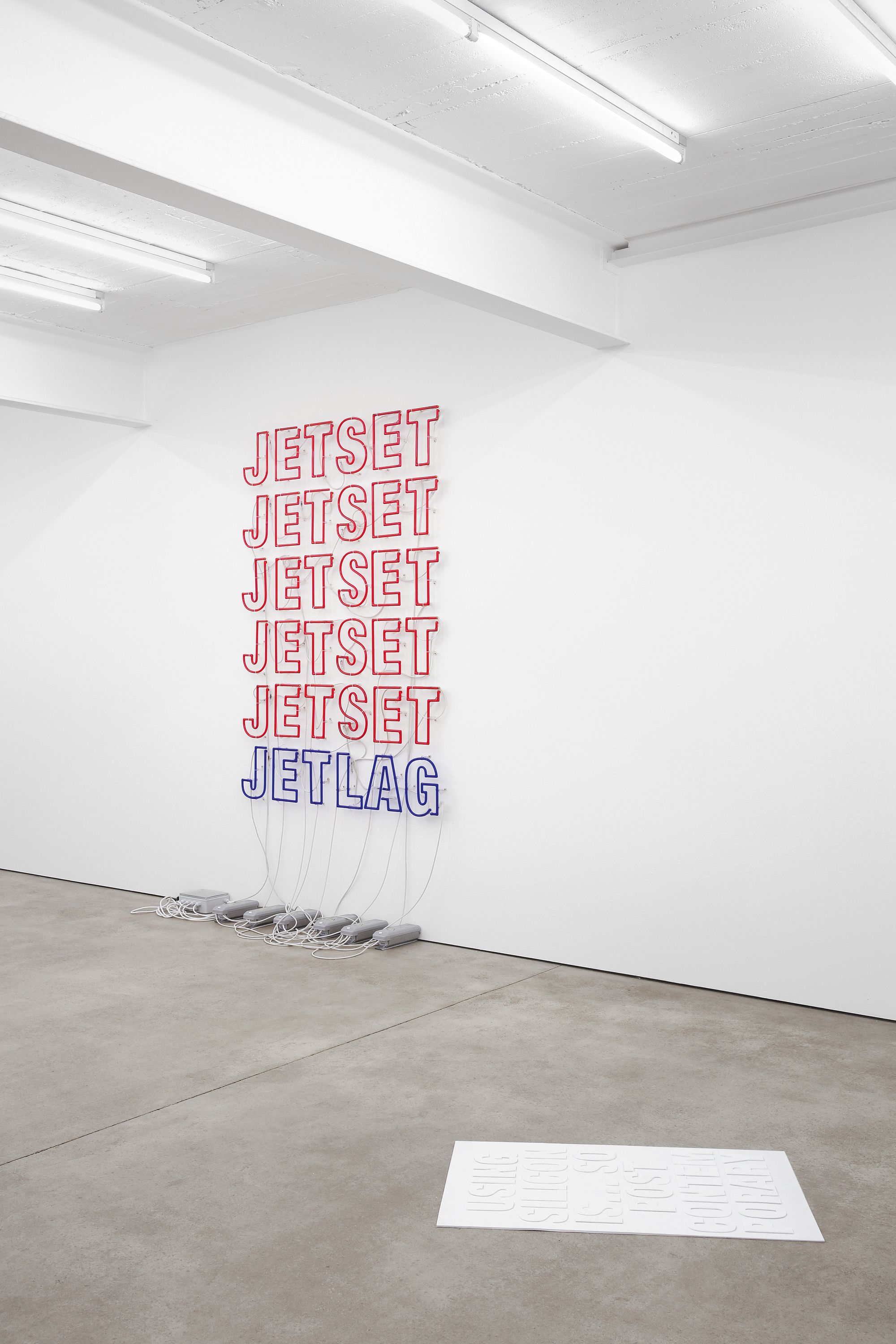
You have strong views not only in your creative work, but also in design education.
Teaching design and art has definitely changed over the years. During my studies, the gatekeepers of knowledge were professors, and it was very centralized. The gatekeepers defined what was good and bad and what needed to be shared or kept out of sight. Luckily, these times have come to an end. Knowledge has been made accessible to everyone who can connect to the internet, so it’s definitely become available to a wider audience than just those who attend university. My function as a professor, therefore, has changed too. My aim is creating a space and environment in which students can individually grow and learn. My students are diverse in their interests, there are graphic designers, painters and some are creating sculptures or focusing on music, writing, and illustration. For me, diversity is the key to growing. My students are researching the intersection of applied and fine art, something which I also find intriguing.
What are your plans for the future, are there any specific areas you’d like to focus on?
Yes, on my mental and physical health. I’m also planning my first show in New York, working on a new publication focusing on my latest exhibitions in Genk and Munich that will also include my New York show. My studio HORT has also just finished a huge project with Chanel in Paris. We designed the visual identity, the wayfinding and the whole communication for the le19M building, which was officially opened by President Macron. However, the most exciting project I’m working on right now is the house I’m building with my beloved partner Anne Meekers, our son Wolf and BFK architects in Berlin. It’s going to be very special. A fun fact is that my father—who used to be an architect—built our house when I was 3 years old, and now we’re building one, just as my son turned 3.
Photos by © Eike König, © HORT & Vincent Riese

Miyazaki Hayao’s new film to be released in North America this year
